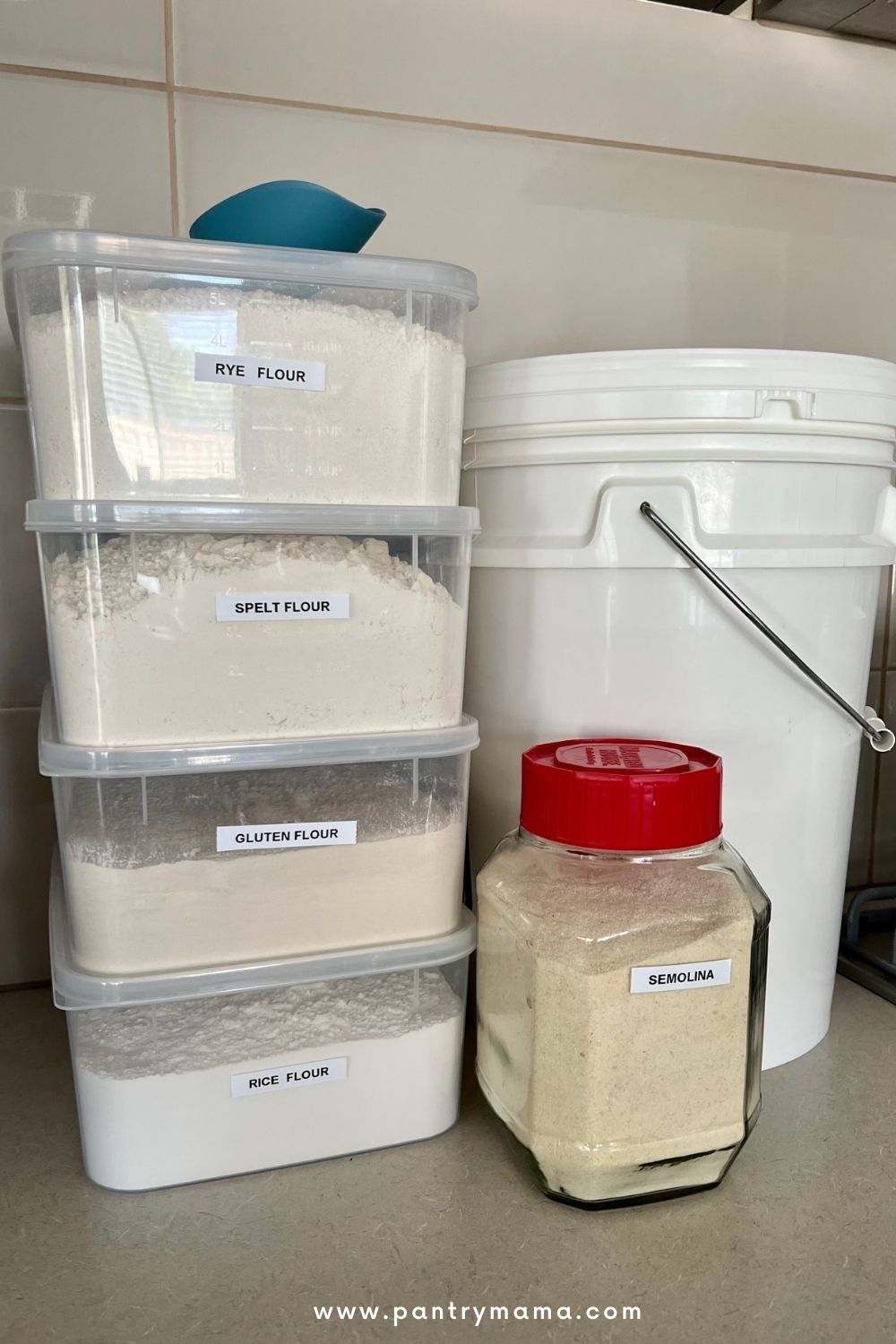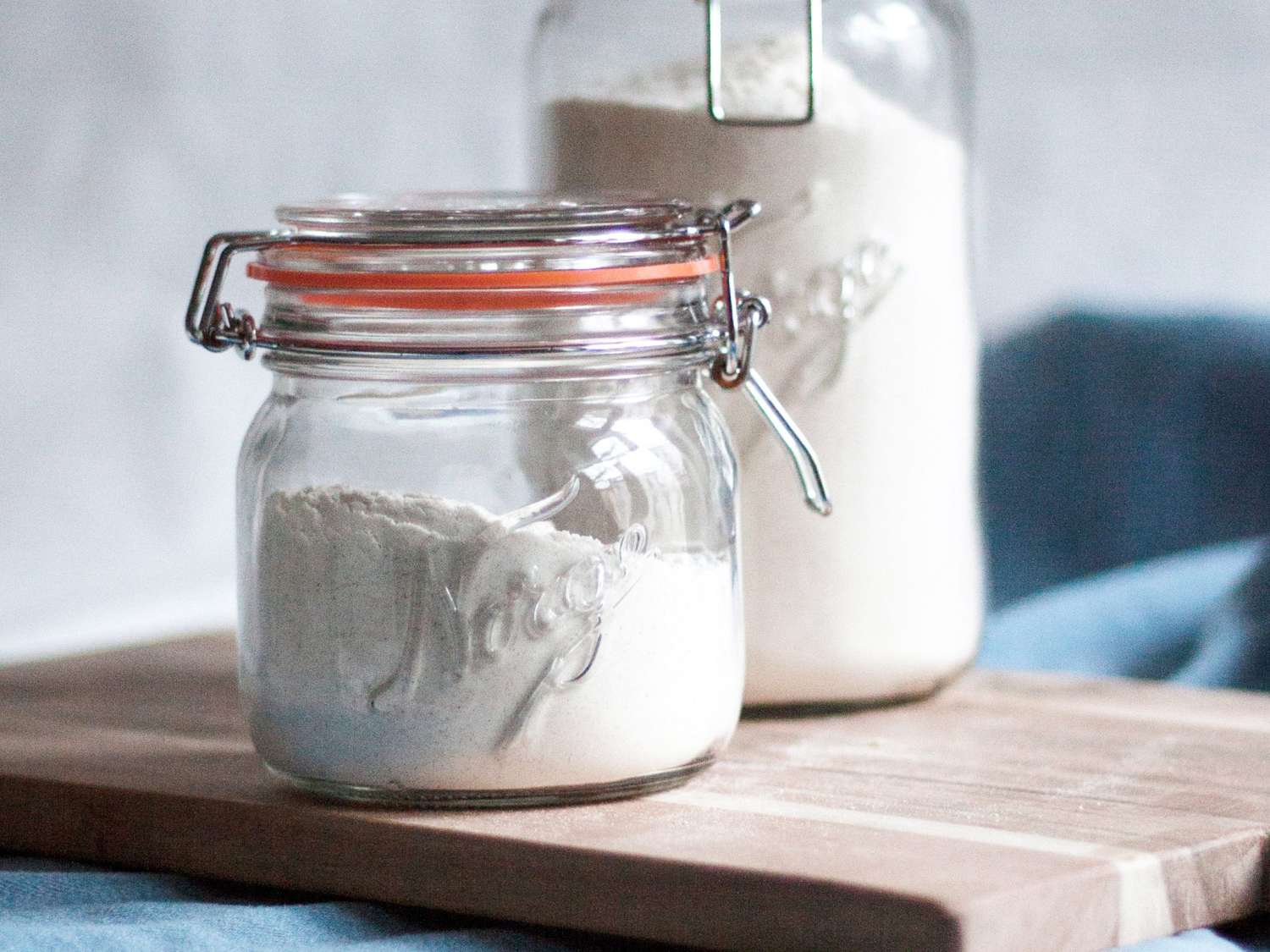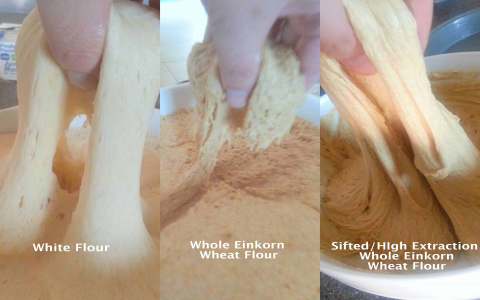So, all-purpose flour. Sounds pretty straightforward, right? That’s what I thought for years. Just grab the bag, any bag, and you’re good to go. Turns out, it’s not quite the magic dust I once believed it to be, even though it’s still the main guy in my pantry.
I remember when I first started actually trying to bake things, not just helping my mom. I’d see “flour” in a recipe, and to me, that just meant the big paper bag of all-purpose. Cookies, cakes, bread – you name it, I threw all-purpose flour at it. Sometimes it worked out okay, other times, well, let’s just say I made some very memorable, very dense “cakes” and some cookies that could double as frisbees. I just figured I was a bad baker. It didn’t occur to me that the “all-purpose” part might have its limits.

The thing is, they call it all-purpose, and you kinda take that literally. Like it’s been blessed by some kitchen god to handle anything. But it’s more like a compromise, isn’t it? It’s not super high in protein like bread flour, which gives you that good chew, and it’s not super low like cake flour, which makes things tender and delicate. It’s just… in the middle. Trying to please everyone, and sometimes pleasing no one perfectly.
I had this one disaster trying to make a really light, airy sponge cake for a friend’s birthday. I only had all-purpose. I followed the recipe to the letter, or so I thought. The thing came out… okay-ish. It was edible. But it wasn’t that dreamy, cloud-like texture I was aiming for. It was a bit, I don’t know, sturdy. My friend was polite, of course. But I knew. I knew the flour was probably laughing at me.
It’s like this one time I tried to fix a leaky faucet with a multi-tool. It kinda worked, stopped the major dripping, but it wasn’t the right tool. A proper wrench would have sorted it in half the time with less swearing. All-purpose flour is that multi-tool for me sometimes.
Here’s what I’ve figured out through trial and, oh boy, so much error:
- Good for: Most cookies, pancakes, waffles, thickening sauces and gravies, quick breads. For everyday stuff, it’s usually fine. Your chocolate chip cookies will probably be great.
- Not so great for: Really delicate cakes that need to be super light (think angel food), or artisan-style bread that needs a strong gluten network for that amazing crust and chew. You can make bread with it, sure, but it’s often not going to be bakery-level.
I actually started keeping a small bag of bread flour and cake flour around after that sponge cake incident. It felt a bit much at first, like I was getting too fancy. But honestly, it does make a difference for certain things. My cakes got fluffier, my bread got chewier.
But still, that bag of all-purpose? It’s the first thing I reach for most of the time. It’s reliable for so many things. I’ve learned to work with its strengths and weaknesses. Sometimes I’ll sift it an extra time if I want something a bit lighter. Or I’ll be extra careful not to overmix. You learn the tricks.
So yeah, all-purpose flour. It’s not the mythical creature I once thought, able to transform into anything perfectly. It’s more like a dependable, slightly flawed friend. You know what you’re getting, most of the time. And for most of my kitchen adventures, that’s good enough for me. It’s still the workhorse, even if it occasionally reminds me it’s not a thoroughbred. And honestly, who has the pantry space for ten different types of flour all the time? Not me, that’s for sure.














